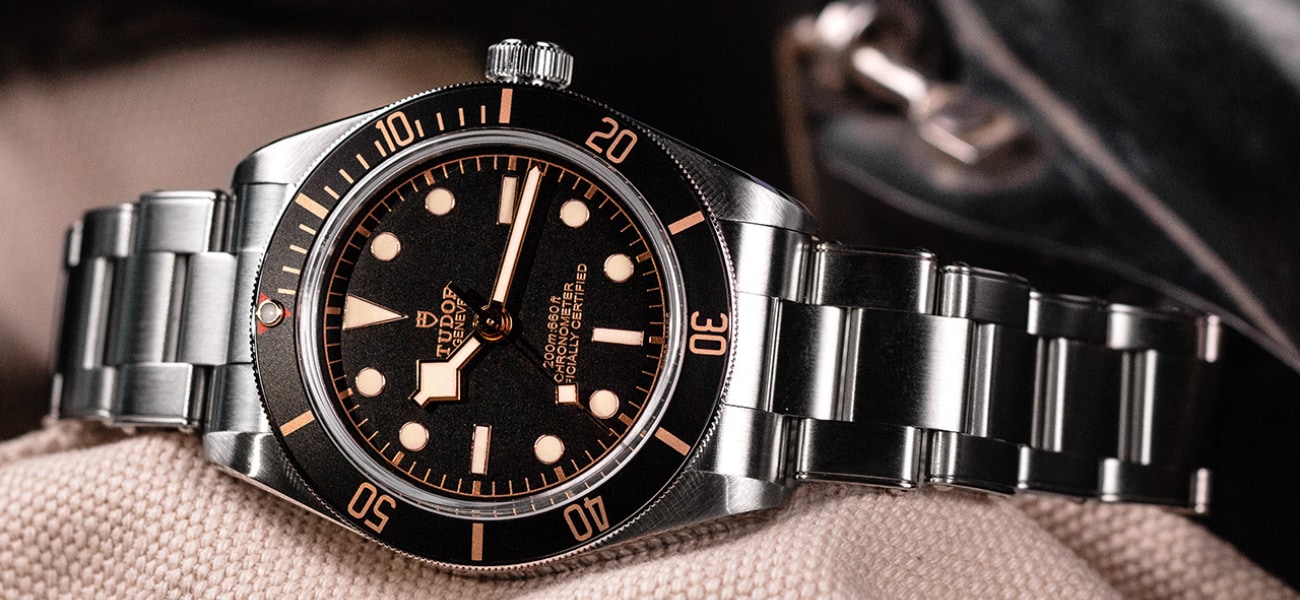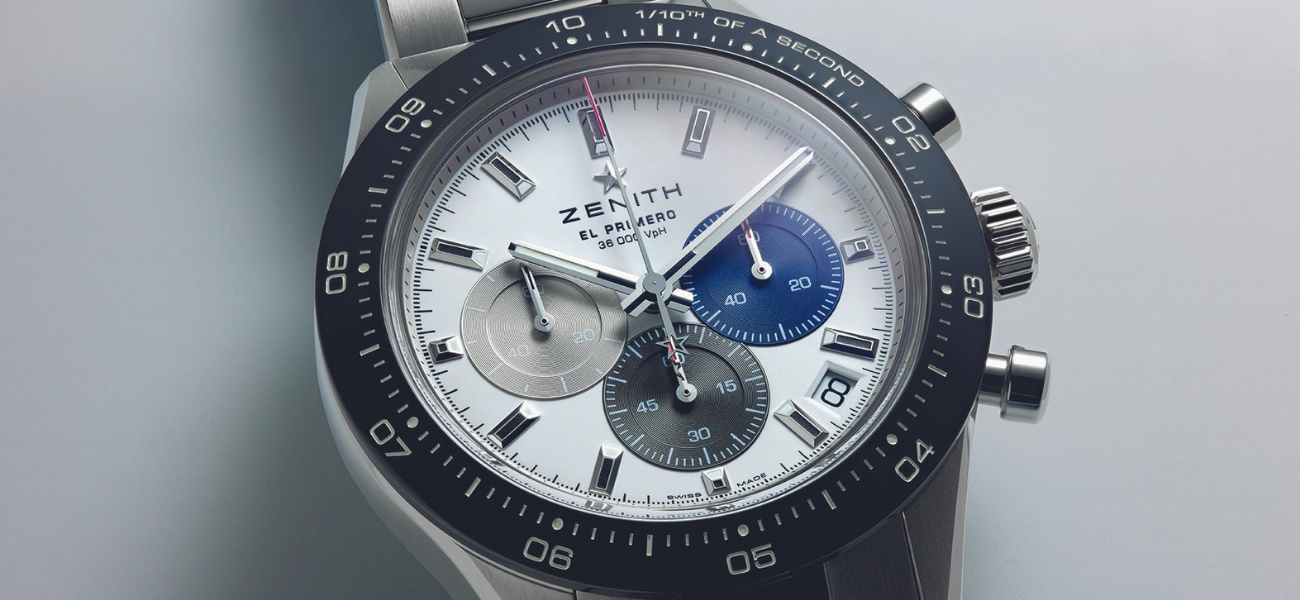Watches That Have Stood the Test of Time
By Amanda Evans | 4 minute read

Through the years, luxury brands have crafted a plethora of different timepieces, some which have achieved iconic status and are still just as popular now as they were then.
Some of these timepieces were created to suit the needs of the era, such as aviation and navigation, others achieved their distinguished status in line with style, remaining fashionable throughout subsequent years. There are also those that achieved a milestone in history with their innovations and exquisite craftsmanship. Of course, with further advances in technology, needs that were identified by the industry and a thirst for innovation, these timepieces rarely remained unchanged from their original design. Their iconic status and infamous heritage have been embraced, allowing for the evolution and reimagination of some of the world’s most celebrated timepieces.
Our Buyers have chosen some of their most iconic timepieces that have stood the test of time.
Cartier Pasha de Cartier
First launched back in the 1980’s, the Pasha de Cartier had a distinct look which digressed from the traditional aesthetic form of Cartier watches. The round and instantly recognisable case of the Pasha de Cartier became a cult classic of the decade, sporty and elegant. Further iterations of the Pasha continued throughout the 90s and although it was originally designed for men, women grew fond of the Pasha de Cartier and its elegant aesthetic. Re-released in 2020, the bold and iconic timepiece stays faithful to its heritage whilst embracing technology, new metals, and straps to pursue its stylish appeal to both men and women.

TUDOR Black Bay 58
The Black Bay 58 pays tribute to the brand’s first dive-related timepiece which was released in 1958. At that time functionality was key for a tool watch and aesthetics were secondary. The watch needed to be fit for purpose, and that’s exactly what it was. The launch of the Black Bay 58 was a welcome addition to the revered Black Bay collection that straddled the historical legacy and vintage appeal of its 1958 predecessor with modern innovation. The high-performance in-house calibre, created specifically to enable a smaller and thinner case size, and neo-vintage appearance renders the Black Bay 58 as a perfect permutation of both form and function.

Zenith Chronomaster Original El Primero 38mm
Sometimes referred to as the ‘underdog’ of the watchmaking world, Zenith’s innovation of the El Primero makes it far from infamous in the watchmaking world. Recognised for being one of the first brands to manufacture an automatic chronograph movement in 1969, the El Primero movement was a huge development within the watchmaking world. Zenith had surpassed all challenges that others had strived to overcome with this well-executed and significant movement. After suffering during the quartz crisis, the Zenith El Primero remained unforgotten and its technological prowess and admiration from other watch brands gave the brand the good fortune to be one of the first to rise from the ashes and continue to create tributes and reiterations of the El Primero.

TAG Heuer Carrera Three-Hand 41mm
Renowned for its timeless simplicity, the TAG Carrera Three Hands version first made an appearance in the early 2000’s. Following the design of the Carrera in the 1960s which portrayed a design of clarity and the utmost readability, the Three Hands design replicated this clean cut and effortless aesthetic. Fast forward 60 years and TAG Heuer have reimagined the Carrera Three Hands, revisiting a rich heritage whilst harnessing a more contemporary design and functionality to appeal to a new generation of TAG Heuer enthusiasts. Whilst the changes are minimal, it indicates the brand’s desire to harness the historic design cues of one of its most elegant and sporty designs to give it a modern-day appeal.

Jaeger LeCoultre Reverso
Famed for its rectangular shaped flip-case and slender silhouette, the Reverso was launched in 1931 to solve the problems of polo players who despaired at their watches being damaged during polo matches. The flip-case was the solution, concealing the dial and protecting it from damage. Unique in both appearance and its flip mechanism, the Reverso also epitomised the late Art Deco era with its rectilinear aesthetic. The Reverso revival occurred in the 1970s, and thereafter followed numerous iterations from the complex and exquisite creations to the classic reinterpretations of this icon that continue to write its history.
Explore our iconic timepieces here at Mappin & Webb.



